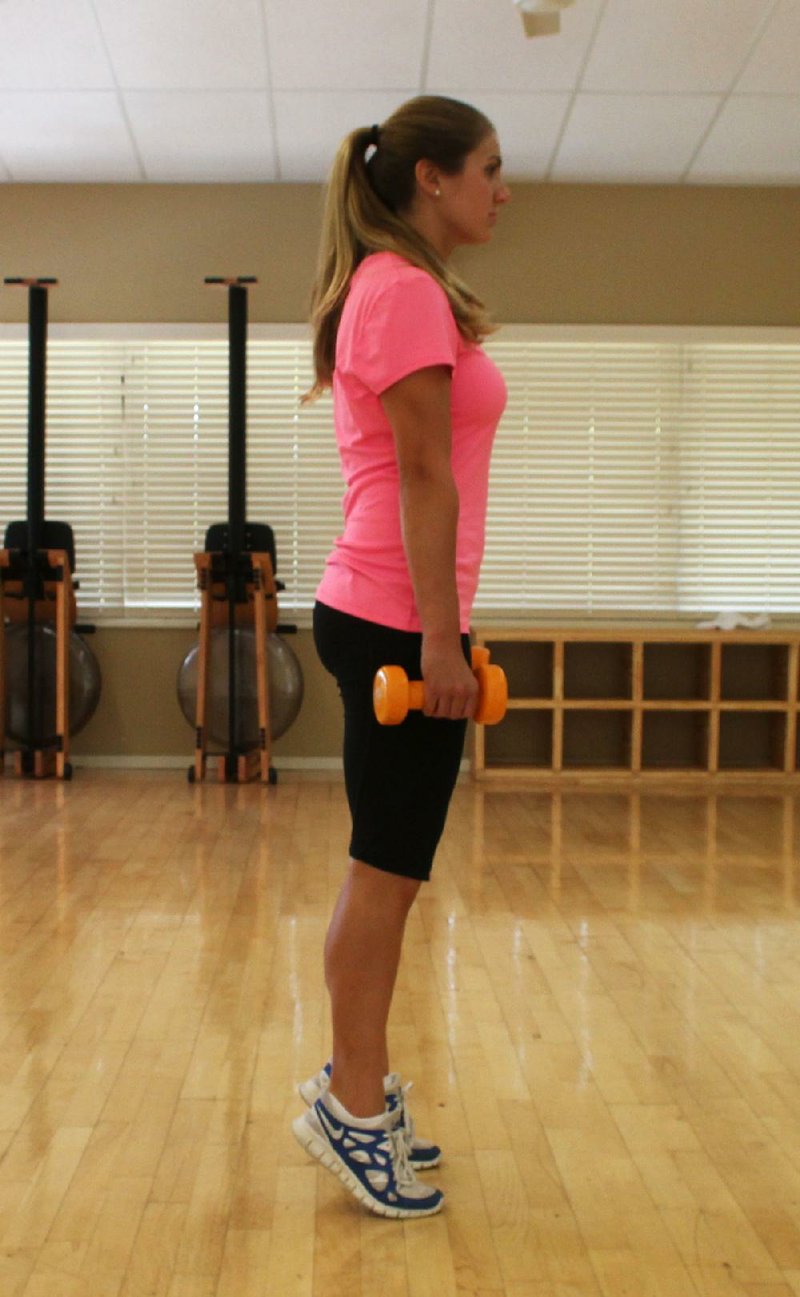Foot position is definitely not a top consideration for most exercisers, but this small variable can have a huge impact on balance and also target muscle emphasis.
This week, I'll discuss what can happen when you change your foot position. Plus, I'll introduce an exercise designed around a simple foot position variation to produce exciting results.
The most common way foot position is used to improve performance during a strength training session is moving the feet farther apart -- taking a wider stance. Widening the foot position increases stability first and foremost, which is critical when resistance levels are increased to 75 percent or more of an individual's one-repetition maximum. When you're lifting almost as much as you can possibly lift just one time, stability is paramount.
Widening the stance also forces the inner thigh muscles to become more active during exercises like the squat.
Conversely, adjusting to a more narrow foot position reduces overall stability as well as inner thigh activation. A narrow stance is particularly useful during slow, controlled repetitions at lighter resistance levels. That narrow stance may result in a little more emphasis on the muscles around the knee as opposed to those around the hips. For some people (who don't have knee trouble), this slight adjustment can be a great way to train the quadriceps more directly without using high resistance levels.
Another interesting foot variation commonly incorporated into strength training is heel-and-toe emphasis.
Placing your weight more on the heel will enhance hip activation whereas shifting the weight onto the ball of the foot will target the quadriceps a little more.
During a leg press or a squat, this slight adjustment can make a huge difference in the way the exercise feels. When teaching a squat for the first time, I'll make a point to talk about the amount of heel pressure an individual is feeling. This helps clients understand how positioning one's weight on the heel or toe changes the focus of the exercise.
This week's exercise, of course, incorporates an aspect of foot position. The Dumbbell Toe Squat takes the heel-and-toe emphasis to the next level by placing 100 percent of one's weight on the toes.
1. Select a pair of medium weight dumbbells and position your feet 6 to 12 inches apart -- well inside shoulder width.
2. Hold the dumbbells at your sides and lift both heels up just an inch or two. This will place the focus on the balls of your feet.
3. Slowly lower yourself by bending the hips and knees into a squat position. It's critical that the knees, hips and ankles stay aligned throughout.
4. Squat until you reach a point where you can't go any lower.
5. Slowly reverse direction and stand back up.
6. Keep the heels up as you perform a set of 12.
If you like squats but need a variation to keep your interest, this exercise could be the ticket. As one might expect, it's very "quadriceps heavy" in terms of the emphasis, but that's perfect for some.
As long as you don't have any history of real knee problems, there's no reason this exercise couldn't become part of a normal lower body routine.
Matt Parrott has a doctorate in education (sport studies) and a master's in kinesiology and is certified by the American College of Sports Medicine.
vballtop@aol.com
ActiveStyle on 08/11/2014
